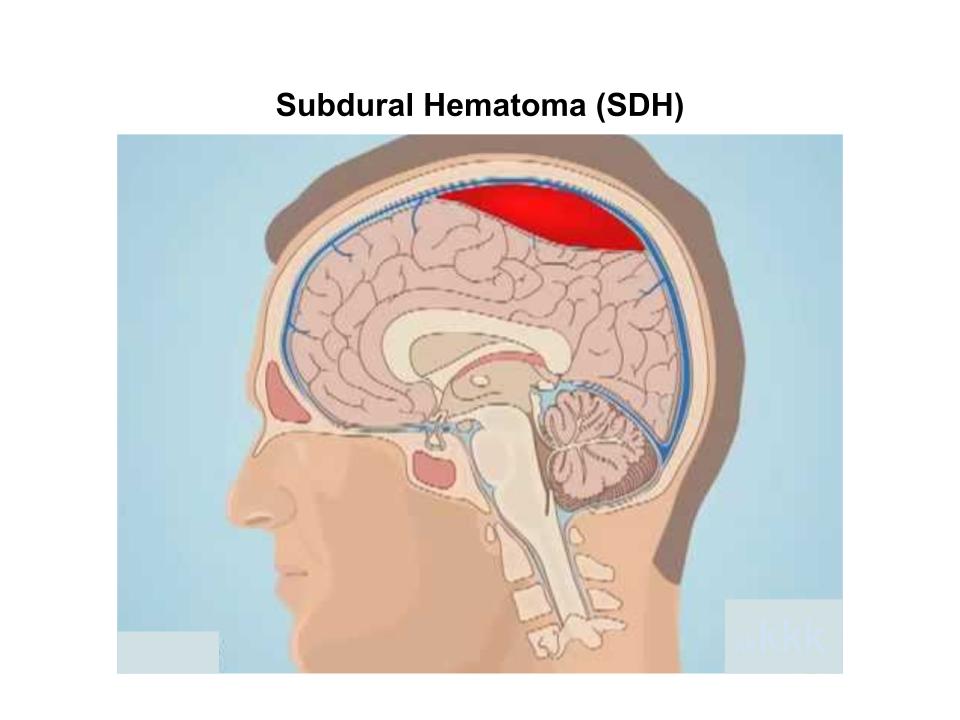
Subdural hematoma (SDH) is a form of intracranial hemorrhage characterized by bleeding into the space between the dural and arachnoid membranes surrounding the brain. SDH is often crescent shaped because bleeding follows the contour of the overlying dura. Acute SDH occurs due to bleeding within the subdural space and may resolve by resorption or become chronic by membranous encapsulation and hygroma formation. The most common cause of SDH is head trauma related to motor vehicle accidents, falls and assaults. Other causes include intracranial hypotension, ruptured cerebral aneurysm, and cerebral vascular malformations.
The initial presentation of SDH has a wide spectrum of clinical manifestations including:
· Drowsiness
· Cognitive impairment
· Vertiginous sx ( lightheadedness and dizziness)
· Mood irritability
· Apathy/depression
· Headache
· Imbalance
· Seizure
An extensive neurological workup to include head CT, possible CTA of head and neck, brain MRI, and blood work are needed to make the diagnosis of SDH.
By: Jordan Shankle, PA
